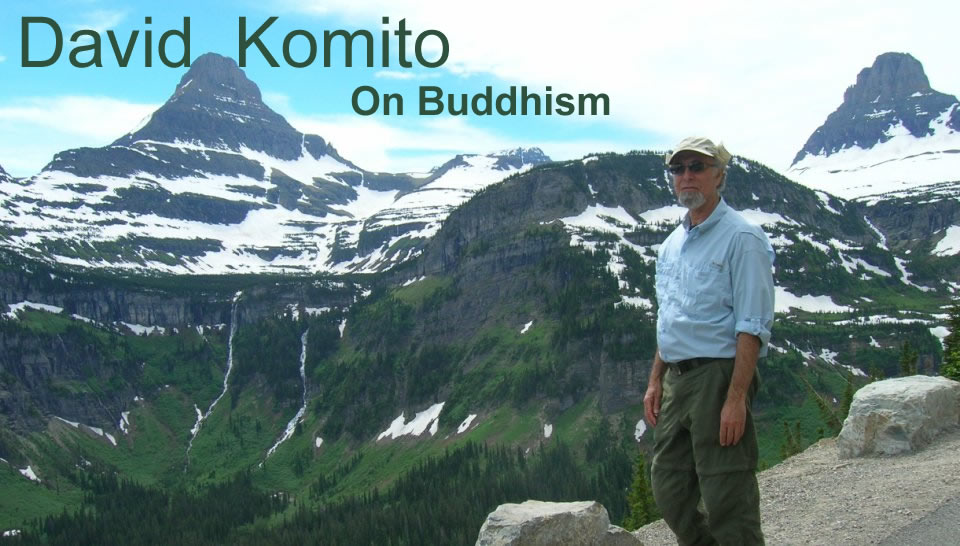Tibetan Buddhist practice is sometimes described with the terms ground, path and fruition. These are what we start with, our current situation of mind and body (the ground of practice), the process of transforming them (the path of practice) and the goal of the process, awakening or enlightenment (fruition, Buddha-hood). This is a nice schema, but for me, at least, it has had some drawbacks, such as feeling unwholesome dissatisfaction with the life of the present and frustration about whether I am progressing. And since fruition is nothing less than being a Buddha, frustration or dissatisfaction does seem inevitable.
When I think about this problem I have to wonder whether or not I, as an achievement oriented American, actually have created the problem with my own attitude. The Tibetan monks I've known don't seem to have the same dissatisfaction. It seems that for them life on the path is sufficient, and for whatever reason this attitude seems to actually yield greater progress toward fruition than my striving attitude.
In Zen one does not find the terms ground, path and fruition, but teachings about transforming the present situation are abundant. Zen is also quite insistent on recognizing that one is already a Buddha, though one is ignorant of that truth. Waking up (fruition) is "just" a matter of realizing this truth. In fact this idea is present in the Tibetan tradition as well, but seems to be obscured a bit by the emphasis on the path, as one finds in the gradualist Lam Rim (Stages of the Path) teachings.
In Tibet in ancient days there was a great debate between the Zen teachers and the gradualist teachers. The gradualist tradition won out, and for the most part has shaped Tibetan Buddhism ever since. As one of my teachers, Thubten Jigme Norbu, recalling his life in Tibet explained all of this, if you have buttermilk and want to butter your toast (or tea, in his case) you need to churn the butter out of the milk. We may have Buddha nature already, but it is obscured by our mental distortions. We need to remove the distortions (do the churning) to reveal ourselves as Buddhas.
This settling into peace has been key for me. Without my having this experience fairly regularly I find that ongoing practice becomes a burden. In this sense the goal and the path are not really different. It seems that I need to drink a glass of buttermilk once in a while to be reminded of the taste of butter.


No comments:
Post a Comment